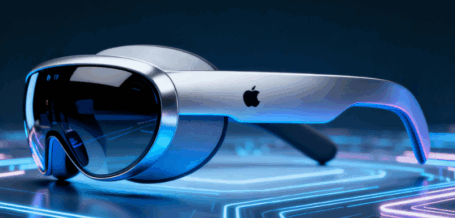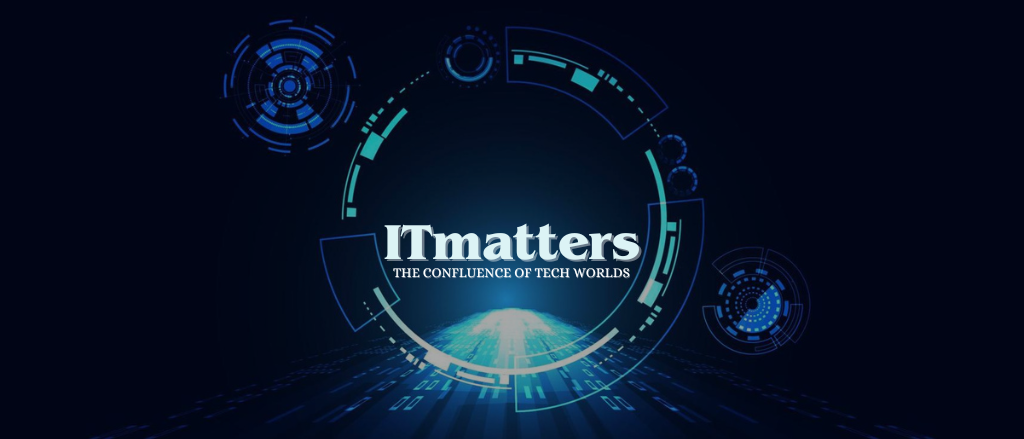
Apple Shifts its Focus From Vision Pro Headset to Smart Glasses
Apple recently made headlines by pausing development of a cheaper, lighter version of its Vision Pro headset. Instead, the company is refocusing its efforts on smart glasses with AI capabilities that can rival products from Meta and others. This shift marks a significant change in Apple’s wearable technology strategy and raises questions about what went wrong with Vision Pro and what the future holds for its smart glasses.
Why Vision Pro Struggled in the Market
The Vision Pro headset launched in early 2024 with high expectations but encountered several challenges. Priced at $3,499, it was costly for most consumers. Its bulky design, heavier weight, and limited battery life reduced its appeal for daily use. Users found it uncomfortable during long sessions, limiting its practical adoption.
Additionally, the headset lacked compelling exclusive apps and everyday use cases that could justify its steep price. Unlike competitors such as Meta, which offered simpler, lighter devices, Apple’s Vision Pro felt like an overengineered product aimed more at tech enthusiasts than mainstream users.
The Market Gap Vision Pro Couldn’t Fill
Across 2024 and 2025, the mixed reality headset market became more competitive. Meta’s Quest and Ray-Ban smart glasses gained traction by blending technology with usability and style at affordable prices. Apple’s Vision Pro, despite its advanced display and spatial computing features, failed to attract a broad audience. The platform’s limited content ecosystem led to low user engagement, dampening sales and excitement.
Apple’s plans for a second-generation Vision Pro, called the N100, aimed to address these issues with a lighter and less expensive model. However, these plans have been shelved as the company reallocates resources to smart glasses development.
What Apple’s Smart Glasses Bring to the Table
Apple’s new focus is on developing at least two models of smart glasses. The first is a lightweight pair that will connect to an iPhone without a built-in display, using voice commands powered by a revamped Siri assistant. This model is expected to debut as early as 2026 and launch broadly in 2027.
The second model will feature integrated displays, designed to compete directly with Meta’s Ray-Ban Display glasses. This version was originally targeted for a 2028 release but Apple is expediting its development to stay competitive.
These smart glasses aim to blend fashion with function, offering various frame styles, colors, and materials while incorporating AI-driven features like real-time voice control, camera use, and health tracking.
Will Smart Glasses Succeed Where Vision Pro Didn’t?
The market for wearable tech is evolving, with consumers seeking devices that fit seamlessly into daily life. Apple’s smart glasses promise a more natural, user-friendly experience focused on convenience rather than heavy immersion.
By prioritizing lighter designs, affordability, and integration with iPhones, Apple hopes to attract a broader user base. The upgraded Siri and AI capabilities are expected to make these glasses practical for communication, navigation, and quick interactions without the bulk of a full headset.
However, smart glasses face challenges such as battery life, privacy concerns, and developing a compelling app ecosystem. How well Apple addresses these will determine the success of its new wearable line.
Looking Ahead
Apple’s shift from Vision Pro to smart glasses reflects a major turning point in its wearable tech journey. While Vision Pro introduced innovative spatial computing, it missed mass market adoption. The new strategy leverages Apple’s strengths in AI and seamless device integration to capture wearable users seeking lightweight, stylish, and smart daily accessories.
As Apple prepares to launch its smart glasses, the wearable technology race intensifies. Consumers and industry watchers alike will be closely watching whether Apple can transform this vision into a mainstream success.
